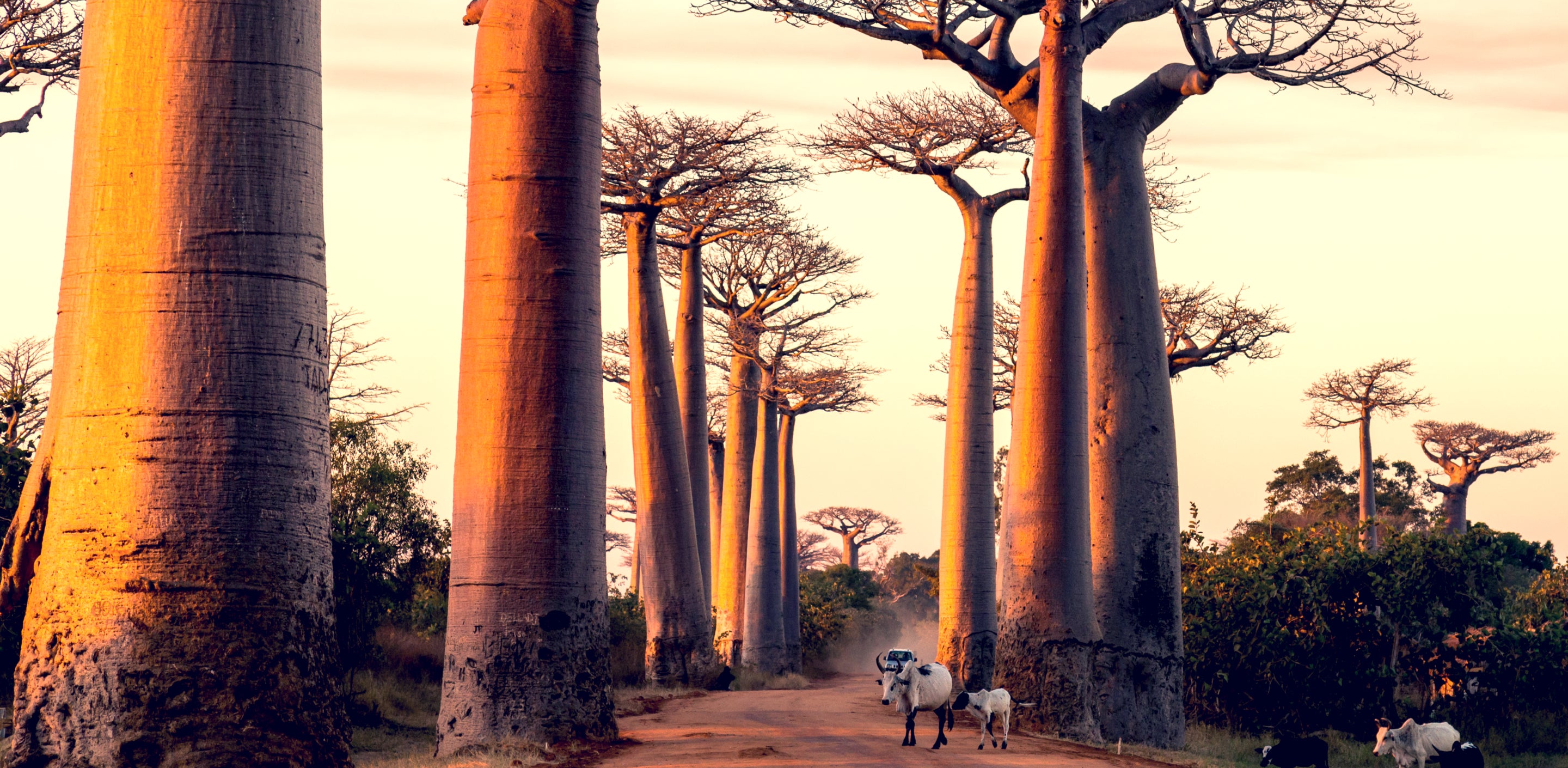
The Benefits of African Baobab Oil

Regarded as one of the largest succulent plants in the world, the Baobab (Adansonia digitata L., Malvaceae) is a majestic tree revered throughout Africa (in parts where it grows) for its medicinal and nutritional value. Called the “Tree of Life” for its mythical powers to cure all, it provides food, water, fiber for building shelter, traditional medicine, and a place in the village square where the elders meet to resolve problems among their kinsmen.
Habitat
The massive deciduous Baobab trees are indigenous to Africa. The tree belongs to a pan-tropical family with seven of the eight species found in very remote, thorn woodland, arid/semi-arid areas of sub-Saharan Africa and Southern Africa. Surrounded by the sounds and smells of the African bush, these iconic trees can hold up to 2,000 gallons of water, with a height up to 100’ ft. tall and a diameter up to 33’ ft. wide at adult age.
Traditional use
Although the Baobab tree is mostly regarded as a fruit-bearing forest tree, it is a multipurpose and widely-used species with superior medicinal properties, numerous food uses of various plant parts, and bark fibers that are used for a variety of purposes. Centuries ago, the Baobab was well traded in key African markets as early as the sixteenth century.
The leaves of Baobab tree are a staple for many populations in Africa, especially the sub-Saharan region of the continent. During the rainy season when the Baobab leaves are tender, villagers harvest a fresh batch of leaves. During the last month of the rainy season, leaves are harvested in great abundance and are dried for domestic use and for marketing during the dry season. The leaves are typically sun-dried and either stored as whole leaved or pounded and sieved into a fine powder. Young leaves are widely used, cooked like spinach, and frequently dried, often powdered and used for sauces over porridges, thick gruels of grains, or boiled rice.
The bark is used to produce ropes, clothes, baskets, mats and fish traps and the wood can be used as fodder or as thatching for roofs.
The Baobab tree produces a super fruit because of its exotic nature and rich nutrient profile. Its fruit pulp has very high content of:
- Vitamin C (10x more vitamin C than oranges)
- Potassium (6x more potassium than bananas)
- Calcium (2x more calcium than milk), and
- Antioxidants (6x more antioxidants than blueberries)
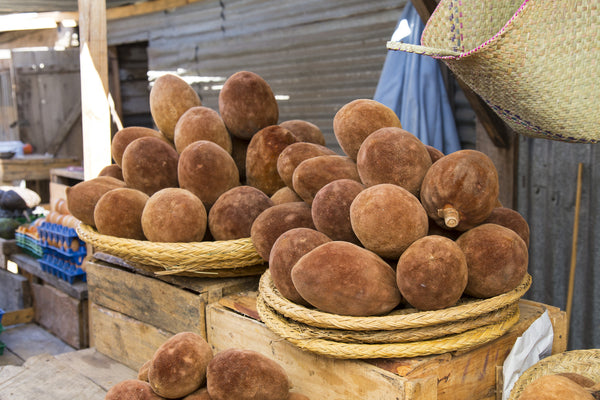
Physico-chemical properties and oil composition
Inside these Baobab fruits are even more valuable seeds. Baobab seed can be classified as both a protein and oil rich. In contrast to other plant seed protein profiles, Baobab seeds also have interesting anti-oxidant, anti-inflammatory, analgesic, antipyretic, and antimicrobial properties. Precious oil is pressed from these seeds producing a highly valued anti-aging oil rich in mega fatty acids, plant phytosterols, and vitamins A, D E & F. Baobab seed oils have extremely high levels of lysine (which helps build collagen), thiamine, calcium, and iron.
Although the human body can synthesize saturated fatty acids and some monounsaturated fatty acids, humans lack the enzymes necessary to synthesize the parent fatty acids of the omega-6, -3, and -9 series; important molecular structural components of cellular membranes such as red blood cells, immune cells, cell membranes of the retina, function of the central nervous system, and the skin’s cell membrane and structure, etc. Clinical signs of essential fatty acid deficiency as it pertains to the skin include dry skin; increased susceptibility to infection resulting in acne, psoriasis, and rosacea; inflamed skin; accelerated signs of aging; and poor wound healing.
The oil of Baobab seed contains the following major and naturally occurring Omega 3, 6, and 9 essential fatty acids:
- 73% unsaturated fatty acids
- 36% polyunsaturated linoleic acid
- 25% monounsaturated oleic
- 4% other monounsaturated fatty acids
- 35% saturated fatty acids
- 29% palmitic
- 4% stearic acid
- 2% arachidic acid
The healing power of essential fatty acids and plant phytosterols
Linoleic acid plays a significant role in the skin. In dry skin, it strengthens the lipid barrier of the epidermis, protects against transepidermal loss of water and normalizes the skin metabolism. Linoleic acid is a natural component of sebum (approx.. 50% to be exact). In persons with acne skin, a severe deficiency in linoleic content in sebum (both on the skin surface and the internal sebaceous glands) is observed, which leads to blocked pores and formation of comedos (clogged follicles) and scars. The use of linoleic acid for oily skin and problematic skin care leads to improvement of the work of sebaceous glands and unblocking of pores. Specifically, linoleic essential fatty acid is actively involved in the rejuvenation and renewal of cells, hence this reduces the appearance of marks, and helps the skin defend against skin issues such eczema, sunburn, acne and rashes that superficially scar the skin. Its soothing properties are also superior for eczema and psoriasis treatments.
It has been proved that for aging skin, the unique combinations of linolenic, palmitic, and oleic fatty acid composed in the Baobab seed oil alleviates the effects of UV induced post-inflammatory sunburn, stimulates healing processes, soothes irritations, reduces transepidermal water loss to improve skin moistening and prevent dryness, increases elasticity of the skin, improves skin tone, minimizes the appearance of fine lines and wrinkles, activates regeneration of damaged lipid barrier of the skin’s epidermis, heals inflammations, stabilizes the skin’s metabolism, and act as receptors stimulating the synthesis of barrier lipids of the skin. Baobab oil is well known for its non-siccative (non-drying, non-comedogenic) property and has shown strong anti-oxidant potential to reduce DNA damage in skin cells while modulating the skin’s immune responses.
Our Healer's Gold Antioxidant Face Oil is made by hand-crushing the seeds of the Baobab tree with mortar and pestle, cold-pressing the precious oil, and then bottled alongside 30 other skin-transforming healing West African plant oils.
It mimics the three skin mechanisms of:
- Hydration
- Reinforcing the functionality of the lipid (fatty acid) mantle with essential fatty acids that increasing the capacity for transepidermal water retention through small molecular structures that enhance absorption and penetration, and
- Improving the skin’s defenses
Discover for yourself the transformative experience of our ancient skin care treatments that have nurtured the skin of 14 generations of West African female monarchs.
Our philosophy on skin care
Our mission is to unequivocally make a positive impact in people’s lives using the highest-quality organic and natural plant ingredients sourced from West African origin that heal, nourish, and encourage healthy beautiful skin. It is founded on the philosophical understanding that the wellbeing of your skin is first and foremost, with the best products to offer protection, and an attitude to consciously live a thoughtfully-composed way of life.
May you always be beautiful.
References for this information:
Asian Pacific Journal of Tropical Biomedicine, May 2015, pp. 79-84
Brazilian Journal of Pharmacognosy, August 2016, pp. 1-8
CHEMIK, 2014, pp. 103–110
Encyclopedia Americana, 1989, pp. 207
Encyclopedia of Life Sciences, September 2005, pp. 1-7
International Journal of Advanced Herbal Science and Technology, August 2015, pp. 20-26
Journal of American Science, June 2010, pp. 990-994
Journal of Cellular Physiology, May 2017, pp. 2558-2568
Journal of Cosmetic Dermatology, February 2017, ePublication
Journal of Food Chemistry, January 2005, pp. 77-84
Skin Pharmacology and Physiology, October 2007, pp. 220-229
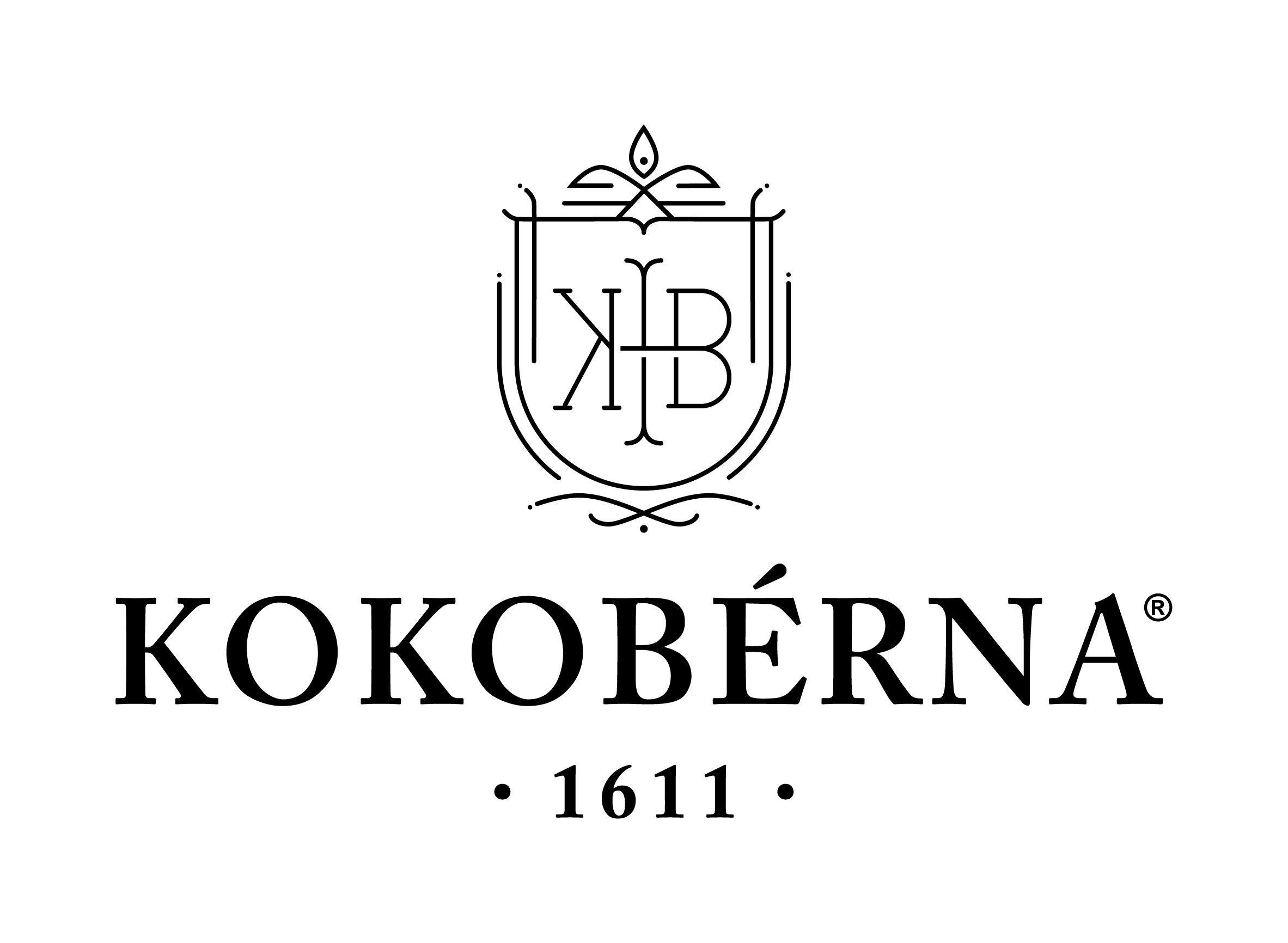



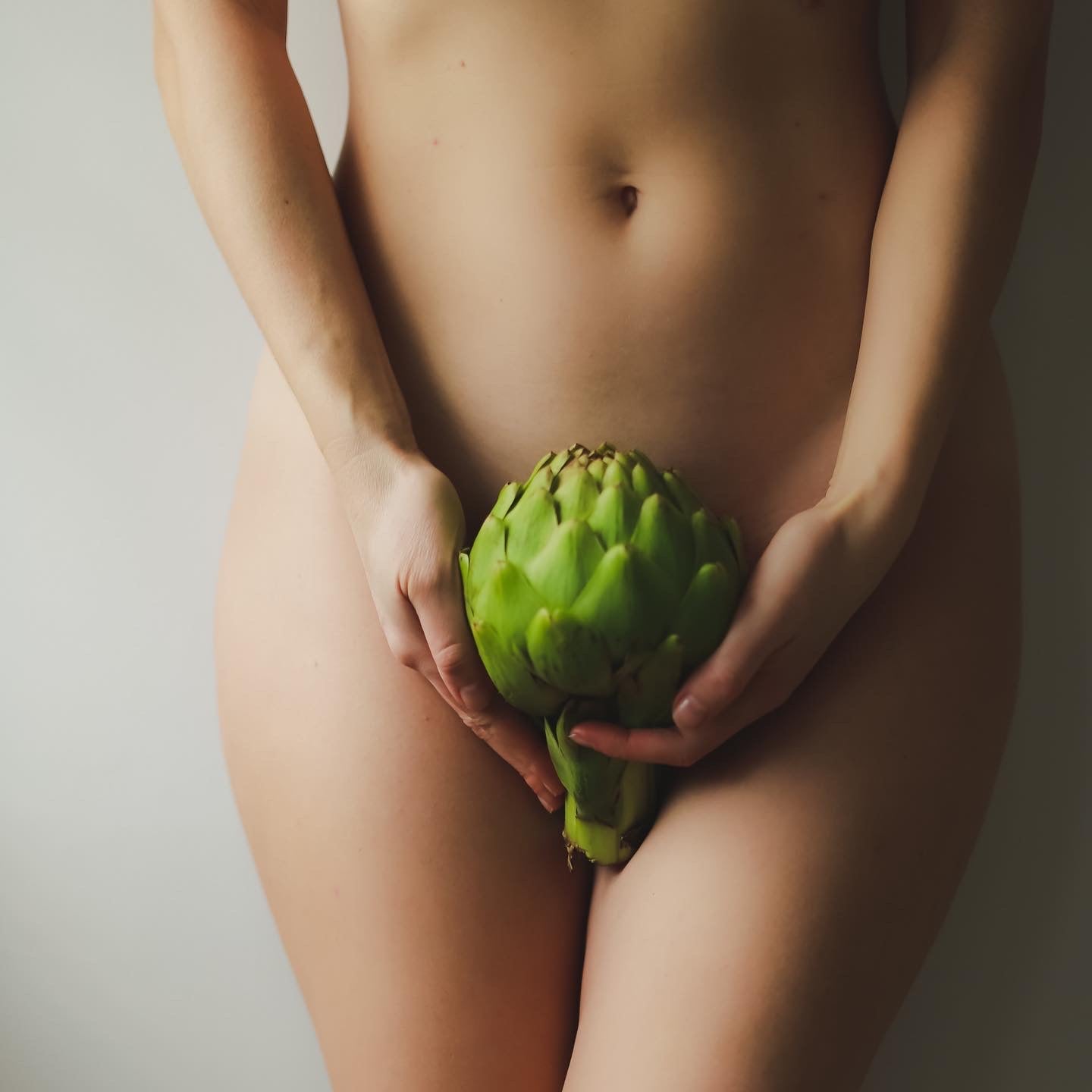
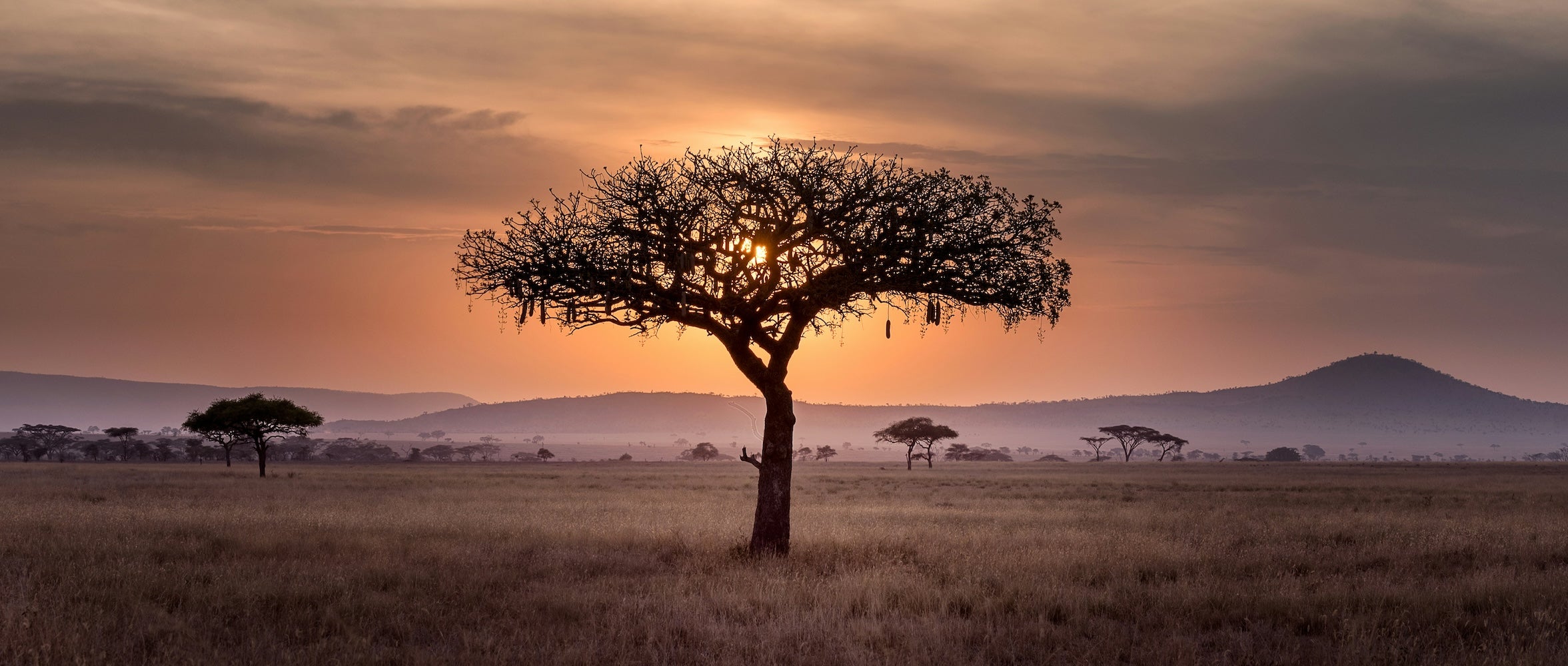
Leave a comment
This site is protected by reCAPTCHA and the Google Privacy Policy and Terms of Service apply.